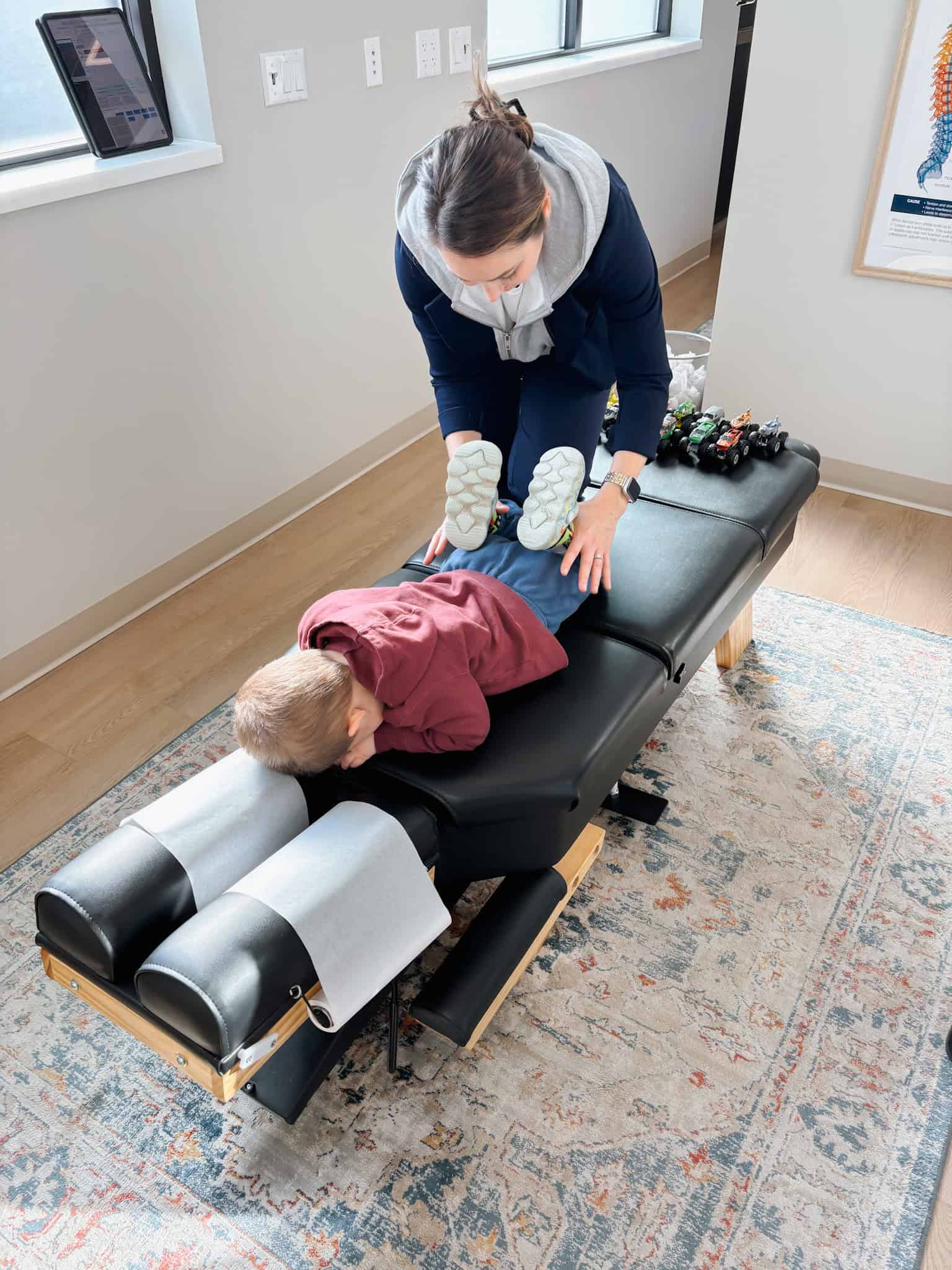If your toddler’s daily routine feels like a never-ending cycle of tantrums, meltdowns, and power struggles—you’re not alone. Many parents come to us feeling frustrated, heartbroken, and wondering, “Why is everything such a battle?” Maybe your child is hitting, screaming, defiant, or constantly on edge—and no matter what strategy you try, nothing seems to truly help.
Here’s what we want you to know: Your child isn’t broken. And it’s not your fault. These behaviors are your child’s way of expressing an overwhelmed and under-regulated nervous system.
At Foundations Chiropractic, we take a completely different approach than what most families have experienced. We don’t just look at the symptoms. We dig deep to understand what’s going on beneath the surface—starting with your child’s nervous system.
What Do Behavioral Challenges Really Mean?
Sure, some level of fussiness and big emotions is expected in toddlers. But when the tantrums turn into all-day emotional storms or your child seems constantly wired, aggressive, or disconnected, that’s a sign something deeper is happening.
You might be seeing:
- Big, long, and frequent meltdowns
- Defiance, hitting, or biting
- Difficulty with transitions
- Sensory overwhelm in loud or crowded places
- Hyperactivity or total emotional shutdown
- Trouble sleeping, eating, or engaging socially
These are more than just “toddler things.” They are often signs of a stressed and dysregulated nervous system.
What’s the Nervous System Got to Do with It?
Your child’s ability to regulate emotions, adapt to changes, focus, and feel safe in their body all comes down to the health and function of their nervous system—specifically the balance between their fight-or-flight system (sympathetic) and their rest-and-regulate system (parasympathetic).
When stress builds up in the nervous system—often beginning as early as birth—it can lead to a pattern we call sympathetic dominance, where the brain and body are stuck in survival mode.
What can cause this?
Things like birth trauma, colic, poor sleep, digestive struggles, chronic congestion, or early developmental delays. All of these point to one thing: a child who’s trying to thrive in a body that feels unsafe or overstimulated.
The Perfect Storm: How It All Adds Up
At Foundations, we use something called The Perfect Storm model to help families understand the bigger picture. It’s not just one thing that leads to behavioral challenges—it’s a series of stressors that begin stacking up early in life:
- Prenatal Stress – anxiety during pregnancy, illness, or complications
- Birth Trauma – long labor, induction, forceps/vacuum, C-section
- Early Struggles – reflux, constipation, poor sleep, feeding difficulties
- Sensory Overload – constant meltdowns from light, sound, clothing, textures
- Developmental Delays – speech, gross motor, fine motor, or emotional delays
All of these can create what we call a “subluxation pattern”—misalignments and tension in the spine that disrupt communication between the brain and body, keeping the nervous system stuck in stress mode.
Why Typical Approaches Fall Short
In many traditional settings, these behaviors lead to labels like:
- Sensory Processing Disorder (SPD)
- ADHD or Autism Spectrum Disorder (ASD)
- Oppositional Defiant Disorder (ODD)
And while labels can provide a starting point, they often lead to symptom management—not root cause resolution.
Common tools like therapy, behavior plans, or even medications may help temporarily, but if the nervous system remains dysregulated, the behaviors often persist.
What Makes Our Approach Different?
We don’t guess—we measure. Using INSiGHT Scanning Technology, we assess how your child’s nervous system is functioning and where the stress is hiding.
These scans often show clear patterns of sympathetic overdrive and tension in areas tied to behavior regulation—like the upper neck, brainstem, and vagus nerve.
From there, we create a custom care plan using gentle, targeted adjustments designed to:
- Release stored stress from the nervous system
- Calm sensory overload and meltdowns
- Improve sleep, digestion, and emotional regulation
- Help your child move from “fight or flight” to “rest and regulate”
This is Neurologically-Focused Chiropractic Care, and it’s changing lives for families every day.
What You Can Do Today
If your gut is telling you that something’s not right, listen to it. You know your child best—and you deserve real answers and a care plan that addresses the root cause.
Here’s how to get started:
- Schedule a Neurological Evaluation & INSiGHT Scan
We’ll take a deeper look at your child’s nervous system and explain exactly what we see. - Start a Customized Care Plan
Your child’s journey will be unique. We’ll guide you step-by-step based on their individual needs. - Watch the Transformation Unfold
We often see children begin to sleep better, regulate emotions more easily, and thrive in school and social settings as their nervous system heals.
You Don’t Have to Walk This Alone
At Foundations, we walk alongside families just like yours every day. Families who were told their child would just “grow out of it.” Families who were offered only medication or behavior charts. Families who knew something deeper was going on—and finally found answers here.
Your child deserves to feel calm, connected, and confident in their own body. And you deserve peace in your home again.
Let’s begin the journey toward regulation, healing, and hope—together.
📍 Schedule an INSiGHT Scan at Foundations Chiropractic to uncover what’s really behind your child’s behavior—and how we can help.

